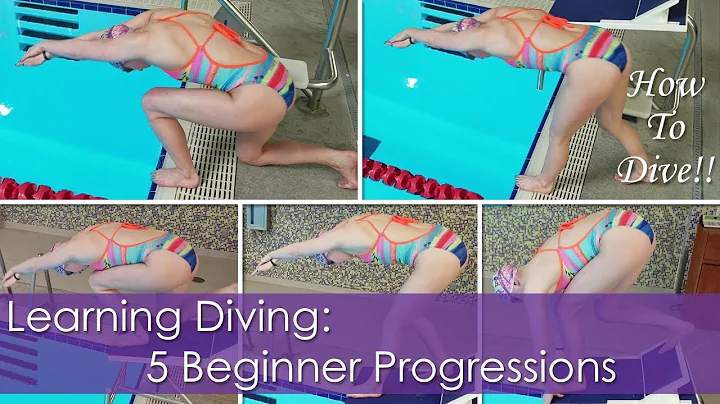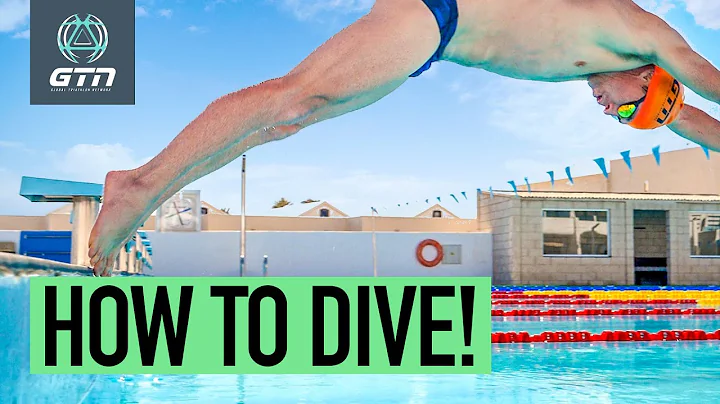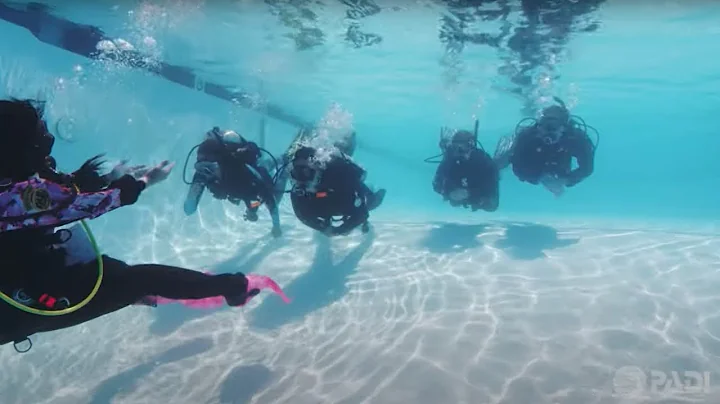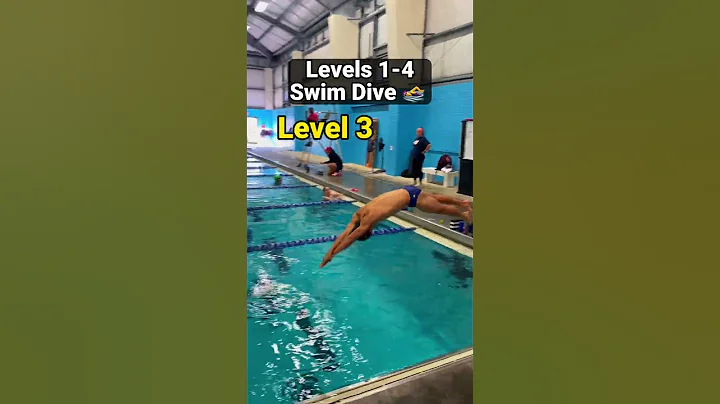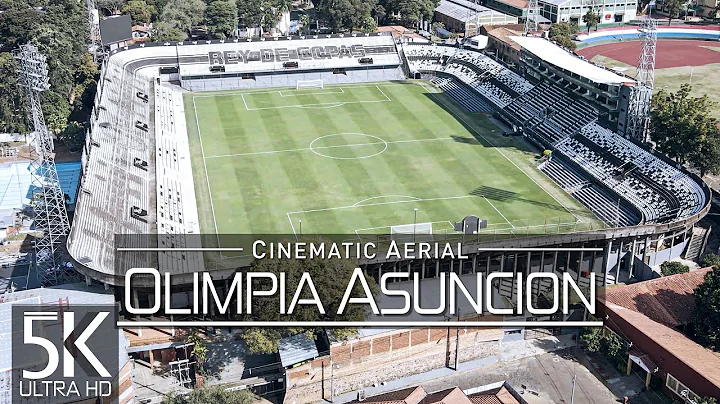How to find a suitable swimming personal trainer? What are the diving methods for swimming? What are the characteristics of different diving methods? As a Guangzhou Zengcheng swimming personal trainer , today I would like to share with you the practice methods and characteristics of different diving methods.

Swing arm start
A method of starting from the starting platform. At the beginning of the 20th century, this starting method was often used by athletes. The movement was less difficult, so it was commonly used by beginners or junior athletes. Stand with your feet parallel to the starting platform, lean forward, bend your knees, bend your thighs and calves at about 165 to 170 degrees, and lower your center of gravity to keep your body stable.
When standing, your feet should be shoulder-width apart and your toes should be clasped against the front edge of the starting platform. When preparing to set off, bend your knees and let your arms droop naturally. Slowly lift them toward the back of your body, with your palms facing back. Look forward and downward. The muscles of your upper limbs and upper body should be moderately relaxed. The position of your head should be in line with or slightly higher than the torso. Lower your body so that you can quickly raise your head when swinging your arms to increase the strength of your take-off. After completing the above actions, you must place your body's center of gravity on the soles of your front feet. You should remain still at this time. After the starter's gun is fired, then quickly increase your knee flexion so that Fall forward and swing your arms forward into the water.
Swing-arm start
Swimming technical term, it is one of the starting technology of the starting platform. The technical points are basically the same as the arm-swinging start. The difference is that when the athlete hears the gunshot, the arms quickly move from the preparation position to the circle-arm swinging position, forward, upward, then backward, downward and then around. The advantage of the ring swing arm type is that it can make full use of the momentum of the swing arm.
Because this action can start swinging the arms early, in order to gain time and avoid fouls, many athletes use this technique when starting a relay.

Table-grabbing start
Because you grab both sides or the front edge of the starting platform with both hands when starting, it is called table-grabbing start. The characteristics of this technique are that the preparation posture is relatively stable, it leaves the stage early, enters the water quickly, and can generate a large initial velocity. The difference between it and other types of starting techniques is that in the preparation position, the two knees are bent at an angle of approximately 130°~140°.
Relax your neck, look down, let your arms relax and droop naturally, and grasp both sides or the front edge of the starting platform with both hands. When the athlete hears the starting signal, he quickly bends his arms and pulls up, making his body downward, with his head and upper body as close to his thighs as possible. As his arms continue to lift and lower his head, the center of gravity begins to move forward, and the body falls forward. The take-off relies on the power of the body to move forward in a straight line to obtain a greater initial speed, and is supplemented by pushing the hands together, swinging the arms, and raising the head to enhance the speed of the forward movement.
Crouching start
imitates the preparation posture of track and field squatting start and swimming catch platform start, hence the name. This technology began to be experimentally proposed in 1972, and was used by American and Canadian female athletes in international competitions in 1984.
The action process is: stand the feet forward and backward, bend the front legs slightly, clasp the front edge of the starting platform with the front toes, bend the knees of the hind legs slightly, lift the heels, bend the upper body forward, and straighten the arms at the same level as the shoulders. Width, grasp both sides or the front edge of the starting platform with both hands. When you hear the command "Everyone is in position", raise your hips, slightly higher than shoulder height, move your center of gravity forward, and most of the weight of the body's squatting position falls on the front feet and two arms. superior.
When you hear the starting signal, push out with both feet, and at the same time bend your elbows to pull the platform to move your body forward and downward, then push hard away from the starting platform, then stretch your body, raise your head slightly, and move your arms quickly Swing forward and jump forward. At the same time, the hind legs and front legs come together to complete the airborne action.
One of the starting techniques for starting in a group style
starting from the starting platform. Its technical characteristics are low body position and tight mass, hence the name. This technique absorbs the advantages of the arm-swinging and table-grabbing starting styles, with high stability, simple movements, fast take-off, and a forward center of gravity.
When making the preparation position, grasp both sides of the starting platform with both hands so that the center of gravity is far beyond the front edge of the starting platform. Fully bend your knees, bring your buttocks close to your heels, and keep your body tight. The angle between your thighs and calves is about 25° to 35°. The size of the angle is subject to the reasonable position of the center of gravity and the coordination and comfort of the body. Relax your shoulders to help your body lean forward to the maximum extent. Keep your chest and abdomen close to your thighs. Place the inside of your shoulders above the outside of your knees. Look at your toes and clasp the bottom of the starting platform with your index and middle fingers. The line between the two palms Just through the heel of the foot. When you hear the starting signal, immediately let go, raise your head, swing your arms forward quickly, and jump into the air into the water.
Hole-type water entry
Swimming technical term, one of the starting platform starting technologies. Since the 1970s, many athletes have combined the platform-grabbing and hole-type water entry techniques to give full play to the technical advantages of the two, forming the platform-hole type start. "New technology.
Immediately after leaving the stage, the body seems to break through the water surface, and the arms, head, torso, and legs enter the water in sequence, hence the name. It is also called a one-point departure. The advantage of this technology lies in the take-off point. High, the body resistance surface is small when entering the water, the potential energy is large, the sliding speed is fast, and the distance is long. It is more suitable for the breaststroke and butterfly events.

One of the types of flat entry into the water,
, is also called " "Door panel type" or flat type entry into the water. The take-off angle is relatively small when taking off, the body remains flat during the airborne stage, the angle of the torso entering the water is small, the contact surface between the body and the water surface is relatively large when entering the water, the underwater sliding is relatively shallow, and the water exits earlier, which makes it easier to get up in time. Swim.
Backstroke start
Competition rules stipulate that athletes participating in backstroke competition must start in the water. The backstroke start consists of the following stages:
1. Preparatory posture: Athletes hold the handshake on the starting platform with both hands in the water, with both legs Bend your knees close to your chest, and push on the pool wall with the soles of your feet. Your feet should be parallel to or slightly below the water surface. The position of your feet should be conducive to pushing on the wall;
2. Preparatory actions: When you hear the command "Everyone is in place", immediately bend your arms. Pull the body up as much as possible, so that most of the body is exposed to the water, and lower the head to hold the chest;
3. Take off: When hearing the starting signal, the athlete tilts his head back and upward, and at the same time stretches his knees and hip joints to make the body Raise up, then push the handrails downward and inward with both hands, so that the shoulders and the upper part of the body are thrown backward and upward. The arms begin to swing horizontally from the side and forward, and the legs push back hard. The take-off angle is about The angle is 15~25°. During the process of pushing off the pool wall, slightly raise your chest and head, and your body will be in the shape of a back arch. When the arms are swinging sideways, they are slightly lower than the plane of the body. At the same time, the hips, knees, and ankles are fully extended and kicked in conjunction with the swing arms. At this time, most of the body is exposed to the water at one point, and continues to enter the airborne stage;
4. Soar into the water: When soaring, Keep the body posture with chest raised and head raised when kicking out, so that the center of gravity does not fall prematurely. When the arms swing forward beyond the shoulder level, the arms and shoulders begin to fall, while the hips and thighs continue to move upward, allowing the body to move It is parabolic. When the arms are swung forward, the head quickly returns to the normal position and is sandwiched between the arms, so that the body remains streamlined when entering the water, which is conducive to gliding in the water.
Pedal backstroke start
is a backstroke start technology brewed and designed by foreign researchers in the 1970s. Japanese researcher Isao Hatano published an article in 1977, proposing to install pedals on the pool wall close to the water surface so that most of the body is exposed to the water when starting backstroke, thereby raising the position of the body's center of gravity, increasing the distance during the airborne phase, and fully Use the strength of your waist and legs to increase the speed of the starting section of the backstroke. But this is just an attempt and idea, and has not been recognized and promoted by International Tourism Federation .
I am a swimming personal trainer, teaching in Zengcheng, Guangzhou. Students who want to learn swimming must remember to contact me, and I will help you improve your swimming skills in a short time.



